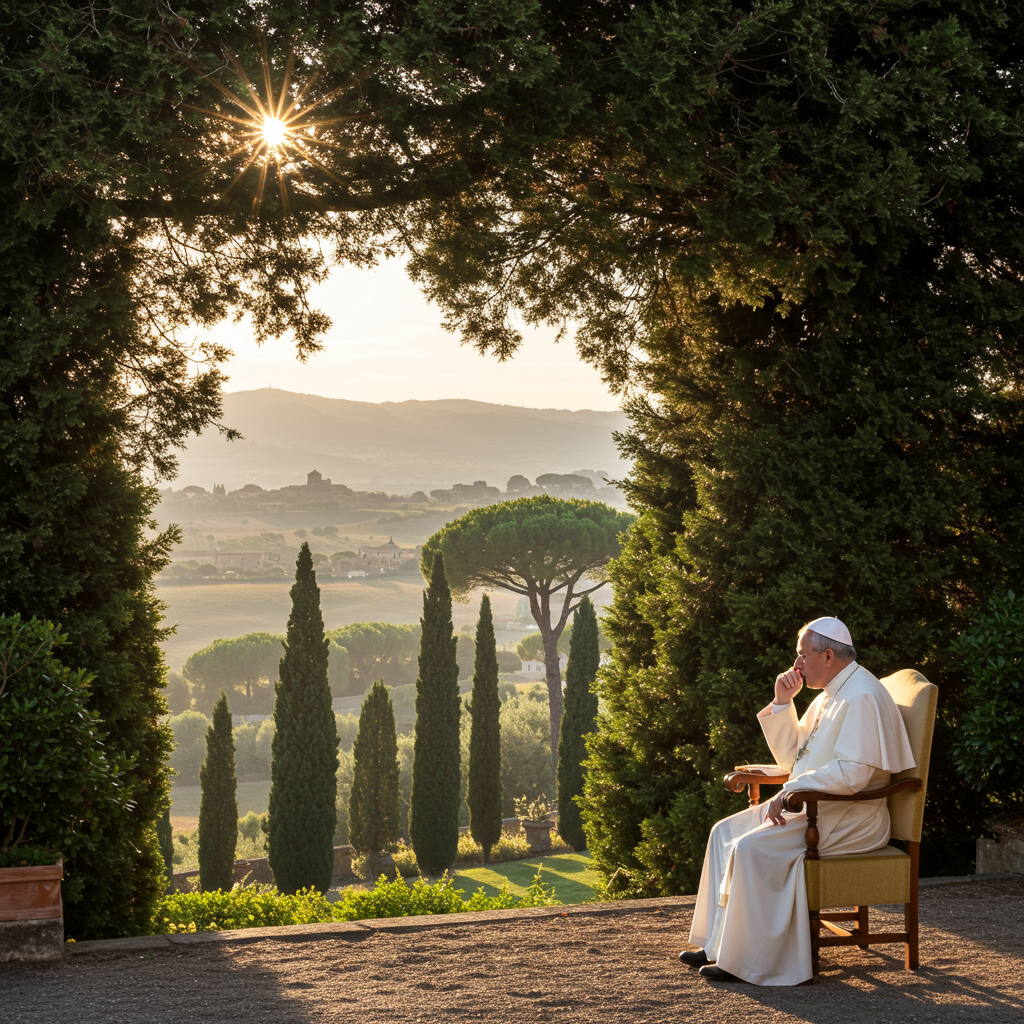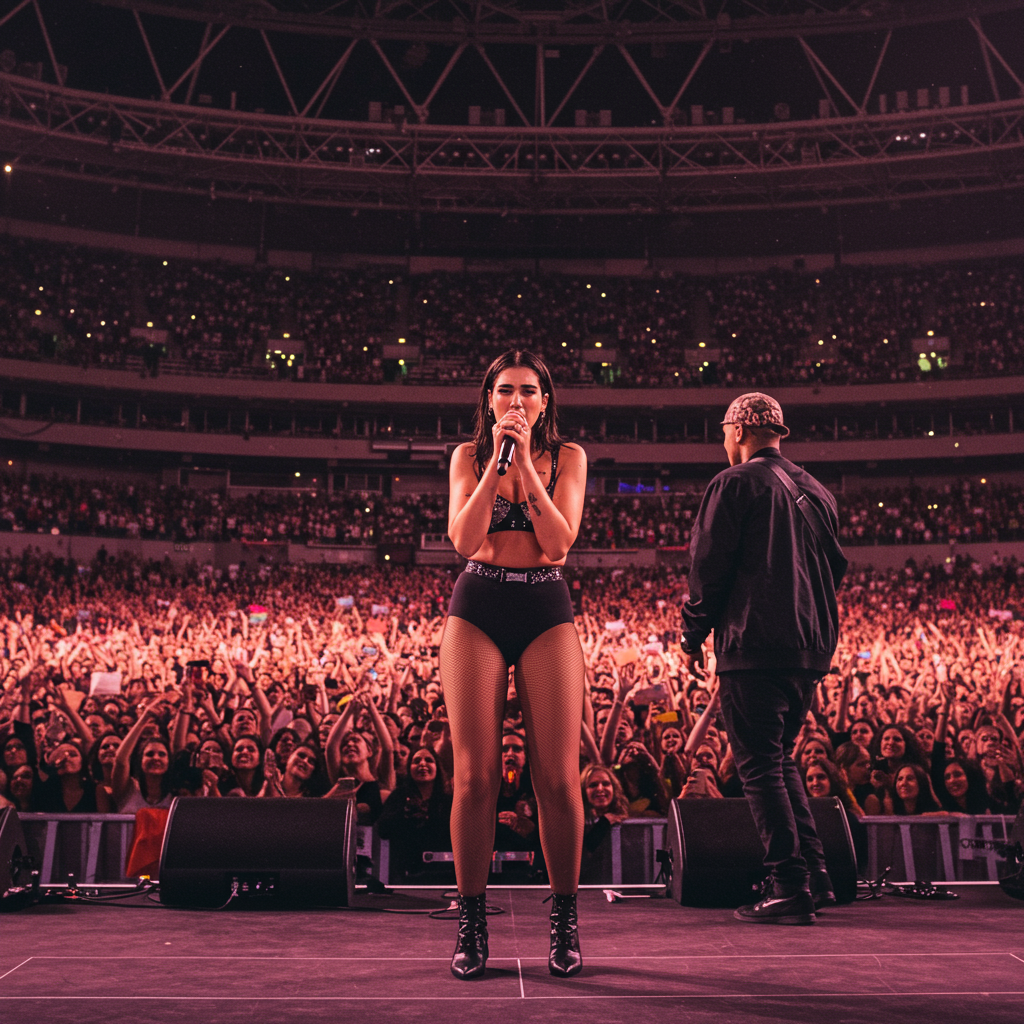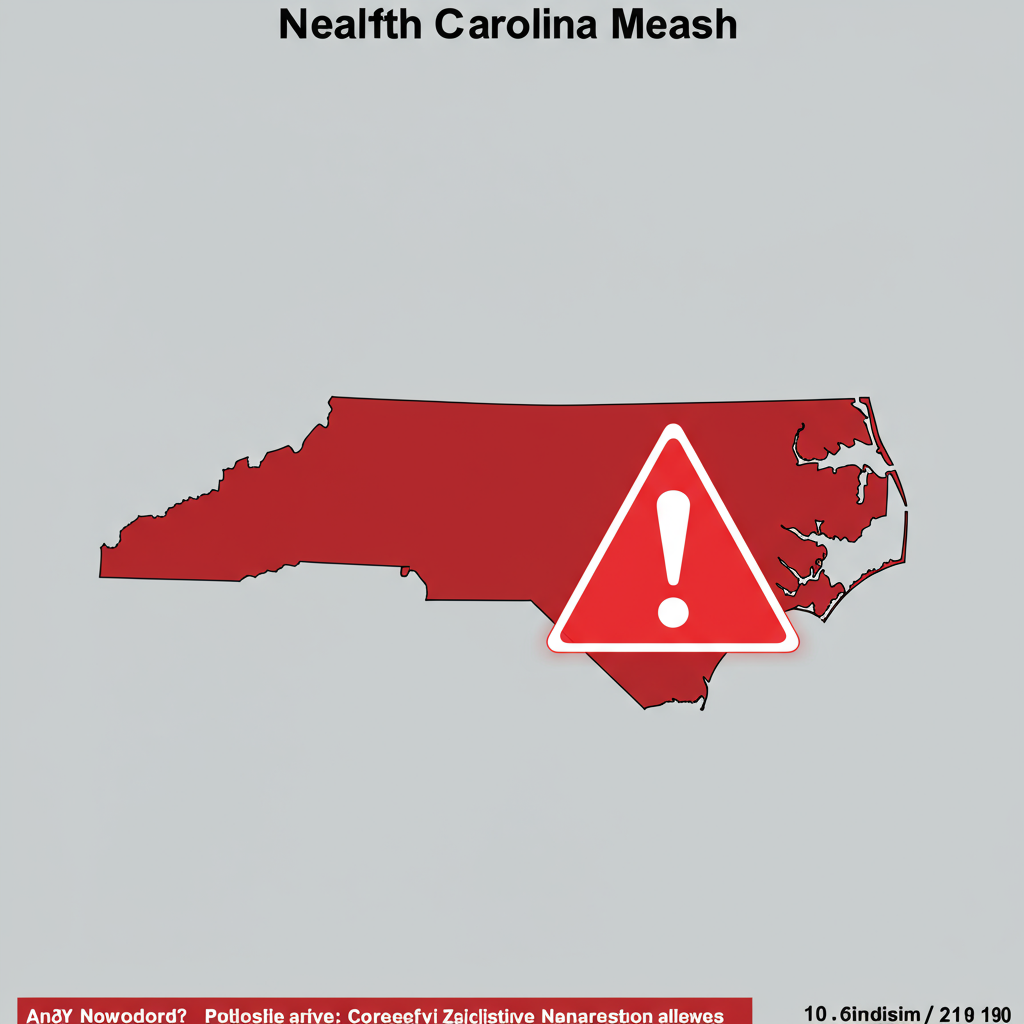Pope Leo XIV has arrived at the historic papal summer residence in castel Gandolfo, Italy. This move marks a significant return to a cherished Vatican tradition. For the next six weeks, the Pope will reside at the scenic hilltop retreat, located just south of Rome. His stated purpose is to find time for rest and reflection, aiming to “restore the body and spirit” after a demanding start to his pontificate.
His arrival on Sunday, July 6, 2025, signals an end to the break in tradition observed by his predecessor, Pope Francis. For 12 years, Francis chose to remain in Rome during the hot summer months. Pope Leo XIV’s return is being welcomed by many in Castel Gandolfo. They see it as a renewal of the town’s deep historical ties with the papacy.
A Long-Awaited Return to the Hilltop Town
Castel Gandolfo sits overlooking the stunning Lake Albano. This picturesque location has served as a retreat for Roman rulers for centuries. Even Emperor Domitian in the first century found solace here. Popes later adopted the area as their summer escape. Pope Urban VIII began constructing the papal palace in 1624. It offered pontiffs a respite from the Roman heat and bustle.
Over the centuries, succeeding popes expanded the estate. It now spans an impressive 55 hectares (136 acres). This is significantly larger than Vatican City itself, which covers just 0.44 square kilometers (0.17 sq mi). The vast grounds include manicured gardens, a working farm, and an astronomical observatory run by Jesuit scientists. More recently, an environmental education center was added. This center was inspired by Pope Francis’s 2015 encyclical “Laudato Si.”
Historically, the papal summer presence defined the rhythm of life in Castel Gandolfo. Large crowds of faithful pilgrims would gather weekly. They came on Sundays to receive the noon blessing from the Pope. Pope Benedict XVI famously spent his final days in office here in February 2013 before his resignation.
Pope Francis’s Departure and Its Impact
Pope Francis, known for his preference for remaining in Rome, did not utilize Castel Gandolfo as a summer residence during his entire 12-year pontificate. His decision meant the traditional summer pilgrimage crowds no longer came. This initially had a noticeable economic impact on the small town. Local businesses had long relied on the influx of visitors associated with the papal visits.
However, Francis later decided to transform the main papal palace and its gardens. In 2016, they were opened to the public as a museum. This move created a year-round tourist attraction. Local shopkeepers and restaurateurs report that this consistent flow of visitors has, in many ways, been more beneficial economically than the previous summer-only crowds. They acknowledge Francis made historically private structures accessible.
Despite the economic adjustments, many residents felt an emotional loss. The absence of the Pope meant the town missed the “color” and “movement” associated with the historical tradition. Generations had grown up with the expectation of the Pope’s summer return. The feeling of abandonment ran deeper than just finances for some.
Pope Leo XIV’s Purpose and Plans
Pope Leo XIV, a 69-year-old Chicago native, was elected on May 8, 2025. He is history’s first American pope. His first few weeks in office have been incredibly demanding. He has been busy with inaugural audiences, public appearances, and significant Holy Year celebrations. Taking a break is crucial for him.
Officials state the six-week period will primarily be for rest, quiet reflection, and reading. The Pope plans to study key issues facing his new pontificate. As Sister Mary Livia, a nun from Uganda who welcomed him, noted, he has been “working, working, working” since his election. She expressed hope that this time allows him “to get more energy and get strength for his mission.”
While it is a vacation, it won’t be entirely without official duties. Pope Leo is expected to hold a handful of public events. These may include Masses and Sunday noon prayers. There might even be some brief returns to the Vatican for specific engagements. However, the focus is clearly on personal restoration and preparation for the significant responsibilities ahead.
Residing at Villa Barberini
Notably, Pope Leo XIV will not be staying in the main Papal Palace itself. Since Pope Francis opened it as a museum, that historic building is now open to the public. Instead, Pope Leo XIV will reside in the Villa Barberini. This is a smaller, adjacent residence located within the expansive Castel Gandolfo estate grounds. Historically, the Villa Barberini was used to house the Vatican Secretary of State when the Pope was in residence nearby.
This arrangement allows the public to continue visiting the main palace museum. It also provides the Pope with a more private and perhaps quieter space for his period of rest. The Villa Barberini still offers access to the extensive grounds and gardens. It provides the desired peaceful environment overlooking the lake.
Hopes for the Future of Castel Gandolfo
The Mayor of Castel Gandolfo, Alberto De Angelis, expressed his enthusiasm for Pope Leo XIV’s arrival. He voiced hope that this return is not just a one-off summer visit. The mayor hopes Pope Leo will choose to use the Castel Gandolfo residence for periodic vacations throughout the year. This would echo the practice of Saint John Paul II, who often visited the retreat outside of the traditional summer period.
De Angelis also highlighted another historical tradition linked to the papal summer stays here. Popes have often used their time at Castel Gandolfo to draft important church documents and encyclicals. The serene environment has historically provided inspiration for significant theological work. The mayor hopes Pope Leo XIV will continue this practice. He dreams that Pope Leo will produce a text of “global reach” during his stay. It would be a source of pride for the town if a major encyclical were announced as having “came from Castel Gandolfo.”
Pope Leo XIV’s presence brings renewed energy and attention to this historic papal haven. It reconnects the town with its centuries-old identity centered around the papacy. While providing essential rest for the new Pope, the visit also rekindles hope for a sustained papal presence in the future. It underscores Castel Gandolfo’s enduring significance in the life of the Roman Catholic Church, both as a place of retreat and potentially, inspiration for global guidance.
Frequently Asked Questions
Why is Pope Leo XIV going to Castel Gandolfo now?
Pope Leo XIV is taking a six-week vacation at Castel Gandolfo starting July 6, 2025. This is his first significant break since his election on May 8, 2025. The period immediately following his election has been very busy with official duties and events. He intends to use this time to rest, reflect, and prepare for future challenges, stating he hopes it will “restore the body and spirit.”
What is the significance of Castel Gandolfo for the Pope?
Castel Gandolfo is the historical papal summer residence located south of Rome. Popes used it for centuries as a cooler escape during the hot summer months, a tradition dating back to Pope Urban VIII in the 17th century. It served as a place of rest, prayer, and sometimes drafting important church documents. Pope Leo XIV’s visit resumes this long-standing tradition that was not observed by his predecessor, Pope Francis.
Will Pope Leo XIV write important documents during his vacation?
While the primary purpose is rest, there is a historical tradition of popes using their time at Castel Gandolfo to reflect and draft significant church documents, including encyclicals. The mayor of Castel Gandolfo has publicly expressed hope that Pope Leo XIV might follow this tradition. While not guaranteed, the peaceful environment of the estate has historically provided a setting conducive to deep theological thought and writing.
—
Pope Leo XIV’s arrival at Castel Gandolfo represents a significant moment. It is both a necessary period of rest for the new pontiff and a symbolic return to a cherished tradition for the Vatican and the town itself. His stay is expected to provide him the energy needed for his mission. It also rekindles hope in Castel Gandolfo for a renewed connection with the papacy beyond just tourism.




